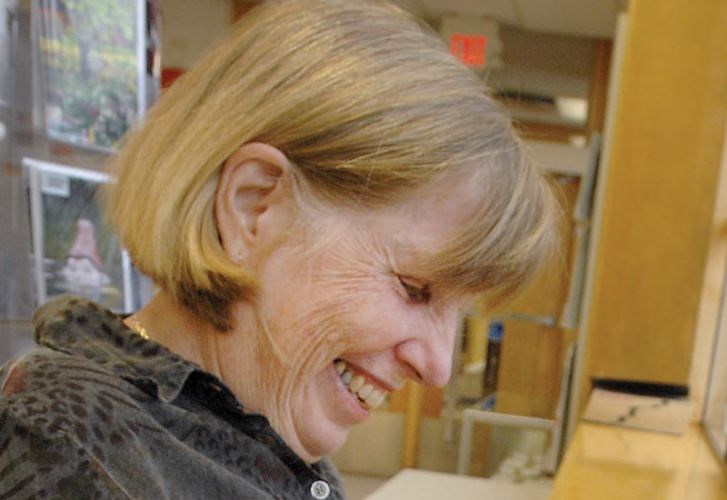The number of people injured by falls in B.C. has dropped by more than a third in the last two decades, according to a new study.
The greatest improvement is found in aboriginal communities, which saw a 49 per cent drop in hospitalizations and primary care visits between 1991 and 2010. Compare that to the total population, which dipped by 34.8 per cent for unintentional falls.
"To have the rates drop the way they are is fantastic," said Anne George, one of the authors of the study published last month, noting older people and women showed the best improvement.
It also means the gap between aboriginal injury by falls and the rest of the population is tightening, now sitting quite close at an instance of 1.89 for aboriginal people compared to 1.0 for all of B.C. in a number that calculates the "standardized relative risk."
It's a good result, given aboriginal people in B.C. have historically had higher incidents of injury.
"Injury appeared to be one area there was an unequal opportunity to be injured whether you were by gender or by ethnicity," said George, an associate professor in the UBC Faculty of Medicine associate professor who also teaches in the Northern Medical Program.
But in terms of overall injuries, that's no longer the case.
"That's what our results are showing," said George, referencing another report, which was released by Statistics Canada in January. "That gap has closed."
That includes gender, too, although there are still areas of concern.
"One gap that is still worrisome and that's violence against women," said George, also pointing to motor vehicle accidents for men compared to women.
The updated data can help change approaches to public health.
"We don't want to be going into communities and say well your rates are very high," George said. "We don't want to be giving that false impression anymore."
George has also published papers on worker's compensation, child injuries and is looking at comparisons between urban and non-urban aboriginals as well as those living on reserve or off reserve - all using B.C.'s health insurance system to track the population during the two decades.
"Whenever there was a hospitalization or whenever somebody went to a primary caregiver, it gets in the system."
That translated to hundreds of thousands of injuries - and entries.
"There are only a few places in the world where we can do this research," she said, noting the one-payer system approach.
"This is pretty unique."
Only four provinces in Canada allow researchers access to this type of data, she said.
The study didn't exam the reason for the dropping numbers - they were just looking at raw data - but George suggests better seat belts, better stairs, better environment could all contribute to removing the chance for injury.
In light of the numbers, public health program should still address the different needs by age, gender and culture
"Even though the rates are similar we still suggest good public health policy will develop prevention programming, community by community or gender by gender or parse apart the characteristics of community rather than doing one global, universal health prevention program.
"We need to keep working on each sector to make sure those rates come down even more"



